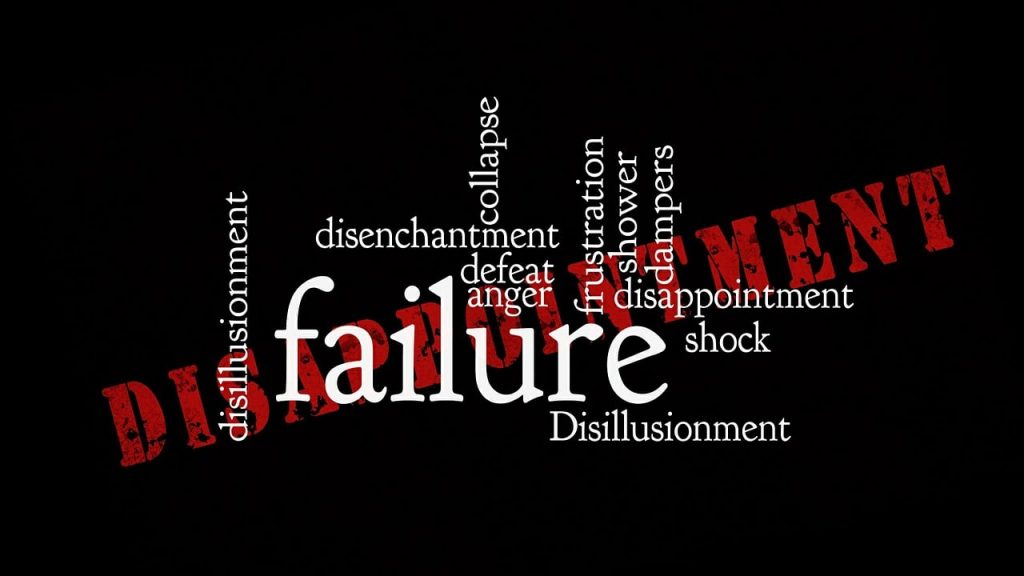
GUEST POST from Robyn Bolton
You are a leader. The boss. The person in charge.
That means you know the answer to every question, make the right decision when faced with every choice, and act confidently when others are uncertain. Right?
(Insert uproarious laughter here).
Of course not. But you act like you do because you’re the leader, the boss, the person in charge.
You are not alone. We’re all doing it.
We act like we have the answers because we’ve been told that’s what leaders do. We act like we made the right decision because that’s what leaders do in a volatile, uncertain, complex, and ambiguous (VUCA) world where we must work quickly and flexibly while doing more with less.
But what if we didn’t?
What if we stopped pretending to have the answer or know the right choice? What if we acknowledged the ambiguity of a situation, explored its options and interpretations for just a short while, and then decided?
We’d make more informed choices. We’d be more creative and innovative. We’d inspire others.
So why do we keep pretending?
Ambiguity: Yea! Meh. Have you lost your mind?!?
Stanford’s d.School calls the ability to navigate ambiguity “the super ability” because it’s necessary for problem-finding and problem-solving. Ambiguity “involves recognizing and stewing in the discomfort of not knowing, leveraging and embracing parallel possibilities, and resolving or emerging from ambiguity as needed.”
Navigating ambiguity is essential in a VUCA world, but not all want to. They found that people tend to do one of three things when faced with ambiguity:
- Endure ambiguity as “a moment of time that comes before a solution and is antagonistic to the objective – it must be conquered to reach the goal.”
- Engage ambiguity as “an off-road adventure; an alternate path to a goal. It might be rewarding and helpful or dangerous and detrimental. Its value is a chosen gamble. Exhilaration and exhaustion are equally expected.”
- Embrace ambiguity as “oceanic and ever-present. Exploration is a challenge and an opportunity. The longer you spend in it, the more likely you are to discover something new. Every direction is a possibility. Navigation isn’t simple. It requires practice and patience.
Students tend to enter the program with a resignation that ambiguity must be endured. They leave embracing it because they learn how to navigate it.
You can too.
In fact, as a leader in a VUCA world, you and your team need to.
How to Embrace (or at least Engage) Ambiguity
When you want to learn something new, the library is one of the best places to start. In this case, the Library of Ambiguity – an incredible collection of the resources, tools, and activities that professors at Stanford’s d.School use to help their students build this super ability.
It’s easy to get overwhelmed by the number of resources, so here are three that I recommend:
- What it is: A guide for selecting, framing, and communicating the intentions of a design project
- When to use it: When you are defining an innovation project and need to align on scope, goals, and priorities
- Why I like it: The guide offers excellent examples of helpful and unhelpful scoping documents.
- What it is: A tool to help individuals better understand the tolerance of ambiguity, especially their comfort, learning, and panic zones
- When to use it: Stanford used this as a reflection tool at the end of an introductory course, BUT I would use it at the start of the project as a leadership alignment and team-building tool:
- Leadership alignment – Ask individual decision-makers to identify their comfort, learning, and panic zones for each element of the Project Scoping Guide (problem to be solved, target customer, context, goals, and priorities), then synthesize the results. As a group, highlight areas of agreement and resolve areas of difference.
- Team-building – At the start of the project, ask individual team members to complete the worksheet as it applies to both the project scope and the process. Individuals share their worksheets and, as a group, identify areas of shared comfort and develop ways to help each other through areas of learning or panic.
- Why I like it: Very similar to the Project Playground concept I use with project teams to define the scope and set constraints, it can be used individually to build empathy and support amongst team members.
- What it is: A tool to build trust and confidence amongst a team working through an ambiguous effort
- When to use it: At regular pre-defined intervals during a project (e.g., every team check-in, at the end of each Sprint, once a month)
- What I like about it:
- Individuals complete it BEFORE the meeting, so the session focuses on discussing the dashboard, not completing it
- The dashboard focuses on the usual business things (progress against responsibilities, the biggest challenge, next steps) and the “softer” elements that tend to have the most significant impact on team experience and productivity (mood, biggest accomplishment, team balance between talking and doing)
Learn It. Do It.
The world isn’t going to get simpler, clearer, or slower. It’s on you as a leader to learn how to deal with it. When to slow it down and explore and when to speed it up and act. No one is born knowing. We all learn along the way. The Library will help. No ambiguity about that!
Image credit: Pexels
![]() Sign up here to join 17,000+ leaders getting Human-Centered Change & Innovation Weekly delivered to their inbox every week.
Sign up here to join 17,000+ leaders getting Human-Centered Change & Innovation Weekly delivered to their inbox every week.








